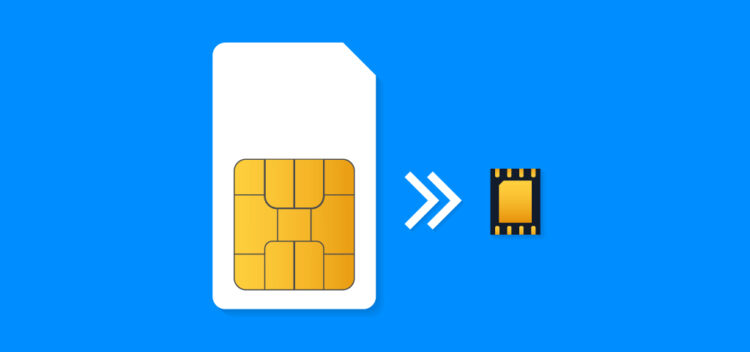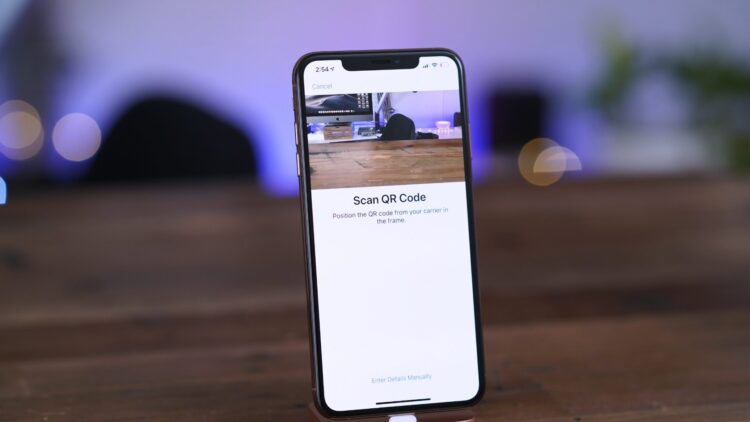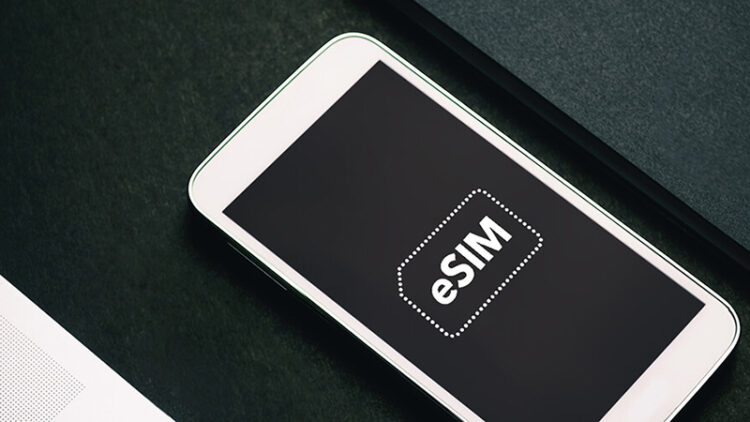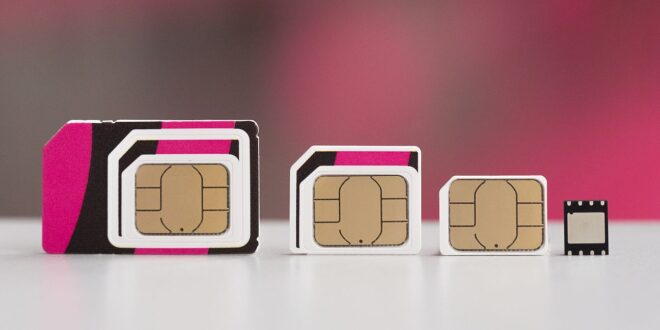In February 2024, Samsung released the much-anticipated Galaxy S20 smartphone series. Offering 8k video recording and a 100x zoom camera, it raised the bar for smartphone manufacturers worldwide. As well as these new features, Samsung announced that the S20 would support eSIM. Despite being a new feature for Samsung, eSIM has been incorporated into Apple and Google Pixel devices for a number of years now. In fact, Apple was first granted a patent way back in 2011. However, the term still remains a mystery to many smartphone users worldwide. So, what is it? How does it work?
What is it?

eSIM (or embedded SIM) stands for the ‘Embedded Subscriber Identification Module’. It is a small chip that is embedded inside a range of devices and cannot be removed. From smartphones and tablets to smartwatches and laptops, eSIM can be thought of as a virtual SIM card that helps the device connect to data and/or mobile services.
What devices come with it?
A growing range of devices is now being manufactured with an eSIM as-standard. The most popular smartphones include the Apple iPhone 10 and 11 series’, the Google Pixel 3 and 4, and Samsung’s S20 series. Apple also supports thee cards in their iPad 10.2-inch, iPad Pro 11-inch, iPad Pro 12.9-inch, iPad mini (5th generation) and iPad Air (3rd generation), as well as their watch series 3 and later. Huawei and Xiami have also recently released new products that support this tech, so the list of devices is sure to skyrocket in the coming year.
How do you activate it?

Although your device may have an eSIM fitted, you cannot access data or other mobile services until you have activated your card with an plan. Customers can purchase their plans through their existing mobile network provider (as long as the provider supports eSIM), or they can buy an eSIM online through various online stores. To buy your card online from the leading store, eSIM.net, please click here.
Once a plan has been purchased, customers must follow the instructions from their phone manufacturer and will be able to activate their plan by scanning the provided QR code or downloading the services through an app.
Can I use my normal SIM card while using an eSIM?
This card works concurrently with a physical SIM card, meaning there is no need to remove your normal SIM card while also using it. Depending on how you set-up the card on your device, you can still accept calls and use your physical SIM card while also using the card.
How does work?

eSIM is a global specification by the GSMA which enables remote SIM provisioning of any mobile device. In layman’s terms, this means that the eSIM can be programmed to any mobile network provider worldwide, and reprogrammed at any time. For example, should you wish to change the network provider, you do not need to get a new physical SIM card – you can do it at any time.
What’re the benefits?
There are plenty of benefits for using one:
- Two mobile phone numbers and mobile plans on one device
- Reduced data roaming fees as you can switch to local networks and benefit from their local rates
- No need to purchase local SIM cards and risk losing your regular SIM card
- Better coverage as you can switch between mobile networks
- Receive communications on both your eSIM and regular physical SIM card
What are the disadvantages?
The few disadvantages of using an eSIM center on the inability to remove the card from the device. Because of this:
- Data cannot be transferred from one eSIM to another. If a user’s phone breaks, they will not be able to remove it and input it into a second device.
- It makes tracking the phone’s user much easier – problematic for some. Similar to a SIM card, tracking is possible when the SIM or eSIM connects to a network. However, a SIM card can be removed from a phone in order to avoid location tracking.
Where does it work?
Customers can purchase a variety of different plans from a number of providers, each offering different levels of global coverage. Global plans, such as those purchased from certain online stores, work worldwide, while others may be limited to specific countries only. To date, between 50 to 60 countries support eSIM – meaning mobile network operators within that country offer their own plan. Customers who purchase these eSIM plans from a traditional mobile network operator (such as Vodafone or Verizon) can only use theirs in countries where their mobile network is present.
Using one is easy, and in some cases, work all over the world. As more and more devices are being released with eSIM functionality, maybe it’s time to start using yours.
 Hi Boox Popular Magazine 2024
Hi Boox Popular Magazine 2024



